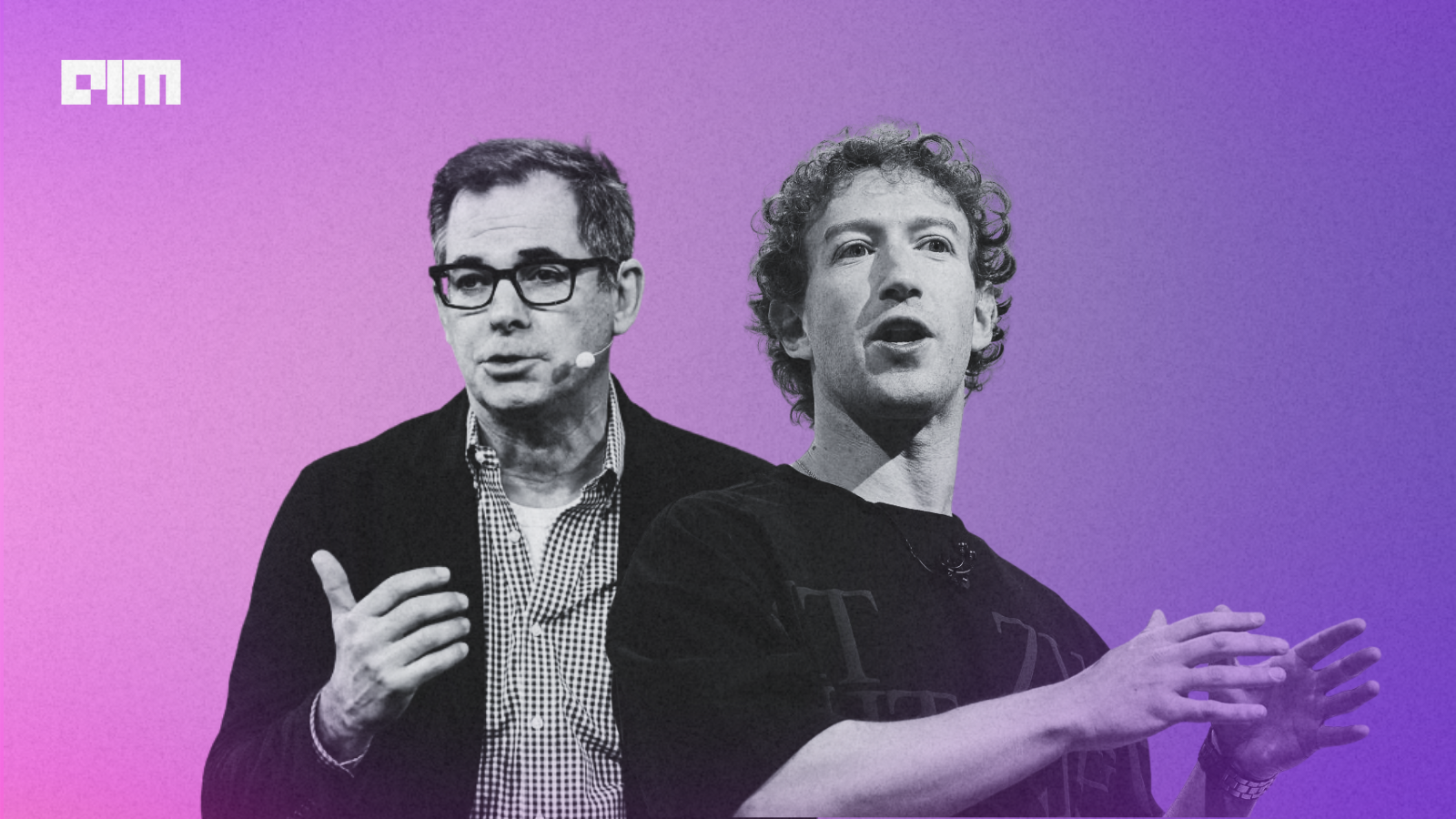CoreWeave’s newest deal with Meta, up to $14.2 billion for cloud compute infrastructure through December 2031 (with a possible extension into 2032), says a lot more than simply that there’s hunger for AI capacity. CoreWeave has been shaped by earlier stress points: where it has shored up weak spots, amplified its strengths, and tried to prove its business model to investors. The Meta deal is another corrective step in its evolution.
When it went public in March 2025, CoreWeave was exposed in plain view: two customers provided 77% of its revenue, with Microsoft alone making up around 62–72%. That degree of customer concentration concerned investors. If one big customer reduced demand, delayed payment, or negotiated harder, CoreWeave’s growth would suffer severely. “Customers are heavily concentrated,” a Forbes article noted in reviewing the IPO.
At a time when compute demand is surging, especially for the kinds of GPU work Meta and OpenAI are doing, that kind of risk is too big to ignore. CoreWeave’s subsequent deals with OpenAI, expanding to about $22.4 billion in 2025, already pushed it toward a more diversified customer base. The Meta contract strengthens that diversification. It gives CoreWeave a way to reduce its dependency on Microsoft. That matters for negotiating leverage and stability.
But just signing big contracts isn’t enough. The company has also moved to reduce its operating risk. In July 2025, it announced a $9 billion all-stock acquisition of Core Scientific, a data center infrastructure provider whose assets CoreWeave had long rented. That move gives CoreWeave control over much of its physical infrastructure: power, real estate, cooling, etc. Michael Intrator, CoreWeave’s CEO, said that this vertical integration would let them “enhance operating efficiency and de-risk future expansion.” CoreScientific brings 1.3 gigawatts of gross power across its data center footprint and more than 1 gigawatt of potential expansion power.
By owning what was previously rented, CoreWeave stands to eliminate over $10 billion in future lease overhead across existing contractual sites over the next dozen years. It also expects cost savings, including $500 million of annual run-rate savings by end of 2027 through streamlined operations. These are real, quantifiable steps to strengthen its margin profile and reduce exposure to fluctuating input costs.
Hardware capability has also been central to CoreWeave’s rising profile. It deployed Nvidia’s latest GB300 (Blackwell) hardware systems, achieving early access to the high-end GPUs that many AI labs find scarce. That gives it a competitive edge in delivering latency, throughput, and efficiency that matter deeply for large model training. In mid-September, CoreWeave signed a $6.3 billion agreement with Nvidia under which Nvidia will purchase any cloud capacity that CoreWeave doesn’t sell to other customers through April 2032. That deal gives CoreWeave a backstop: if demand weakens in some customer segments, there is committed cash flow for excess GPU capacity.
With Meta, CoreWeave is getting another large, long-term customer that adds to its revenue certainty. It strengthens its case to lenders, to investors, and to analysts who have noted CoreWeave’s rapid revenue growth but have also been skeptical about its leverage and concentration risk. The Meta contract, alongside the OpenAI deals and infrastructure acquisitions like Core Scientific, shows that CoreWeave is executing on a strategy of securing both demand and supply.
CoreWeave’s executives themselves have used concrete language. After the OpenAI contract, CEO Michael Intrator said, “Partnering with OpenAI on this net new contract underscores CoreWeave’s proven ability to deliver reliable and performant infrastructure services, powering AI Innovations for world-leading AI labs.” And when announcing the Core Scientific acquisition, he said verticalizing ownership of data center infrastructure “enables CoreWeave to significantly enhance operating efficiency and de-risk our future expansion, solidifying our growth trajectory.”
The Meta deal adds to those earlier steps. It gives more revenue visibility, likely helps with financing terms, and reduces risk around customer concentration. The sheer size pushes CoreWeave’s profile higher: gains in valuation, stock performance, reputation. The market reacted: the share price rose after the Meta deal announcement.
CoreWeave has already shown how it intends to manage risk: by owning its infrastructure, by expanding its customer base, by deploying top-tier hardware early. The Meta deal aligns with that pattern. It doesn’t solve every challenge, but it confirms that CoreWeave has been preparing, and now gets rewarded in a tough, capital-intensive business.











